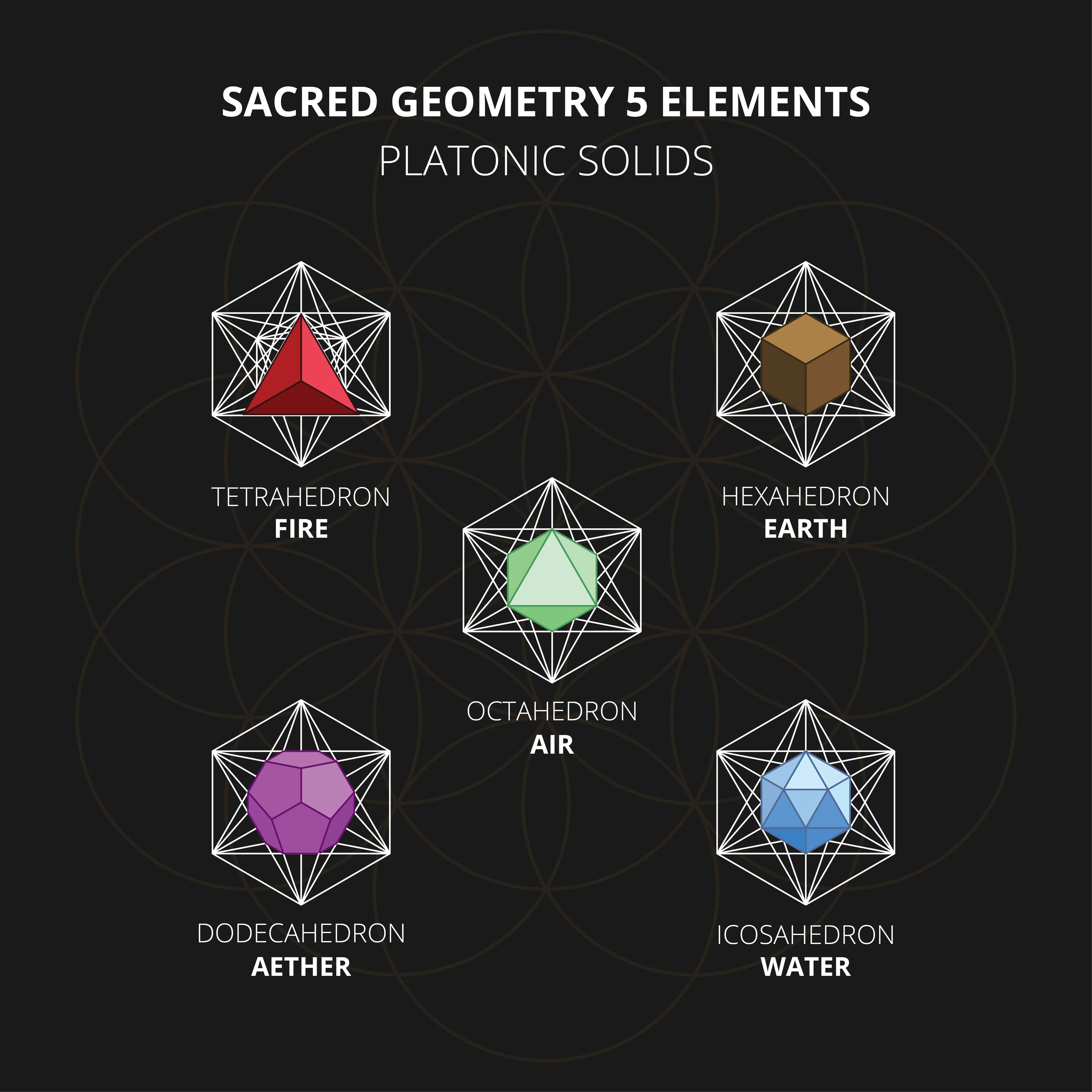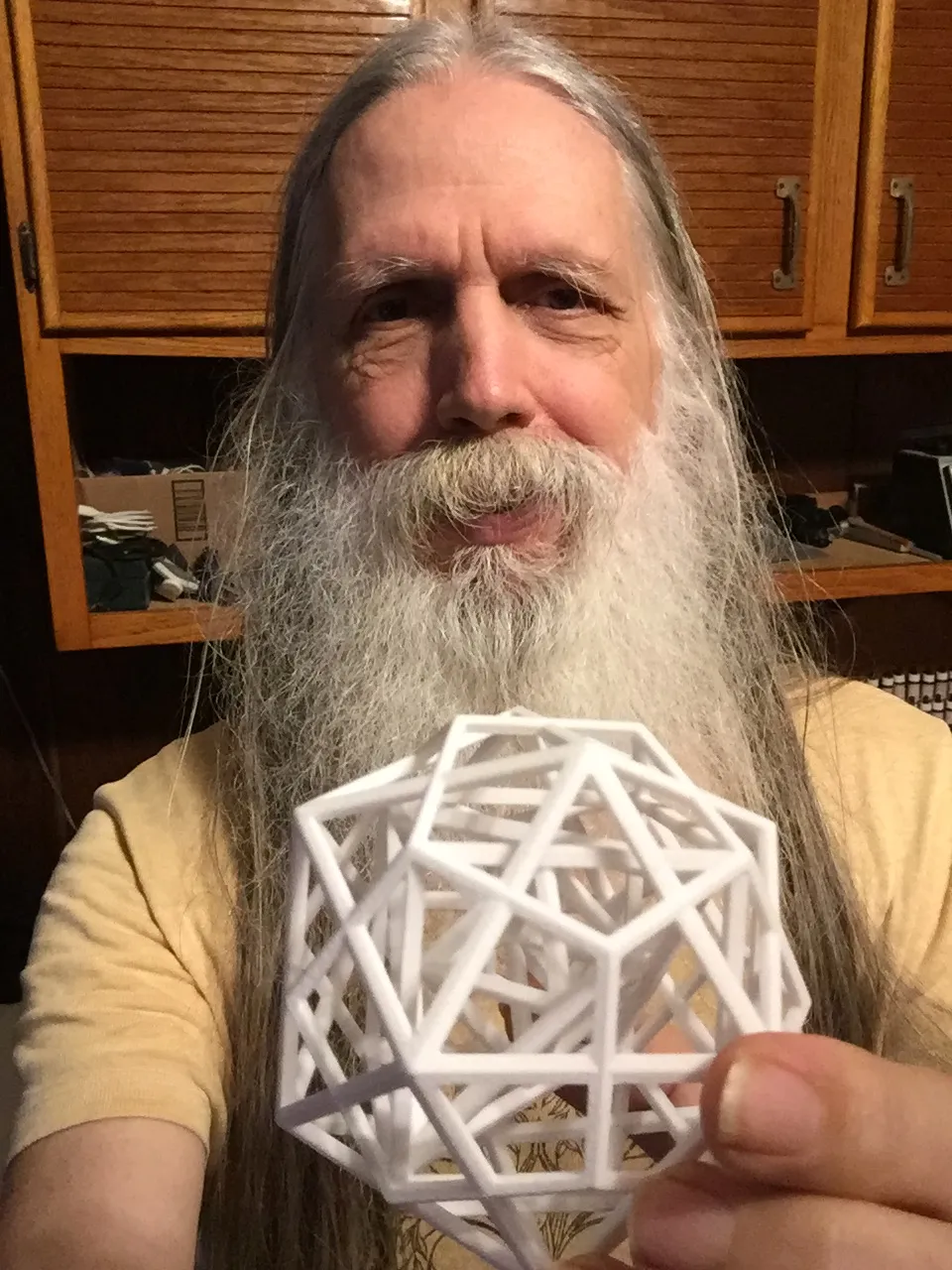


Space and time must be quantized with the highest degree of symmetry, which is the Platonic solids.
- Robert J. Moon, PhD


Robert J. Moon, PhD
Professor Moon was a spiritually oriented student of science.
Outside his academic work, he continued teaching Sunday school in the Episcopal church throughout his life.
He developed an improved early cyclotron.
In fact, the Manhattan Project was centered in Chicago because his cyclotron was located there...
He also participated in the Manhattan Project, solving the problem of instability in the Uranium pile in Chicago by figuring out how to add Carbon as a moderator.
Had the German's figured that out, rather than Professor Moon, the outcome of World War II would have been quite different.
Still, Moon led the efforts of scientists to prevent the use of the atomic bombs on Hiroshima and Nagasaki, the two largest Catholic communities in Japan.
The very target used in the bombing of Nagasaki was the cross shape of the city's Cathedral.
Seeing how the science of nuclear physics could be abused, he shifted his work into biophysics.
He developed the scanning x-ray microscope.
He also pioneered optical biophysics study of the action potential of nerve cells.
He was inspired by research of von Klitzing on the quantum Hall effect, leading him to think that space itself must be quantized.
He was also inspired by Kepler's Mysterium Cosmographicum, which showed that the ordering of the six known planets at that time could be explained by a nesting of the Platonic solids.
In 1984, he developed the Moon Model of the Nucleus based on this type of sacred geometry, in which the protons configure themselves in a nested set of Platonic solids in the same order observed by Kepler.
He proposed that the protons in the nucleus configure themselves at the vertices of duals in order of increasing number of vertices.
In this model, Oxygen has 8 protons in a cubic configuration.
This full shell of protons makes the Oxygen atom particularly stable.
This could well explain why Oxygen is the most abundant element in the Earth's crust.
Oxygen was also essential for the formation of the first stars, which falsifies the current standard model of cosmology.
The presence of Oxygen in space prior to star formation means that the 'waters of the deep' existed as described in scripture, though in the ionized or plasma state of matter.
Silicon has an additional 6 protons in an octahedron centered on the cube.
Silicon is the second most abundant element in the Earth's crust.
The next proton shell to fill is icosahedral in shape, with 12 additional protons forming the Iron nucleus.
Iron is the most abundant element in meteorites, and the most abundant in its weight class on Earth.
The sun forms Iron by fusion in its atmosphere in contrast to the conventional model in which it is believed that our sun cannot produce Iron.
This process of plasma fusion has been demonstrated in the laboratory by the Safire Project.
In contrast, beliefs about fusion in the stellar core are purely theoretical, and based on a centuries old false notion that stars only contain gas.
We now know that stars are plasma, not gas, and that their internal structure is likely metallic Hydrogen rather than a hypothetical infinitely compressible gaseous state.
Iron in the solar atmosphere is visible as a prominent dark Fraunhofer Iron E line in the solar spectrum due to its resonant absorption of photons.
Computer modeling of the view of the sun as seen through dark sunspots as they traverse the surface shows that there appears to be a solid surface including mountains.
These solid features of the solar surface may contain a high amount of Iron precipitated from the solar atmosphere, and the mountains may be deposited by failed solar mass ejections.
This whole solid shell may be ejected periodically when the sun novas.
The time cycle for this type of cataclysmic activity is about 12,000 years, with lesser disruptions on 6,000 and 3,000 year cycles.
Currently, we find ourselves on the cusp of a major 12,000 year disaster cycle...
The outer Platonic shell is dodecahedral, adding 20 additional protons for a total of 46, which is Palladium.
This perfect resonance of Palladium with the fundamental dodecahedral form is thought to optimize its resonance with that sacred geometry in the Planck foundation of space, also described as the quantum vacuum, or alternately the plenum, meaning fullness...
This would provide a meaningful mechanism for the observation that Palladium is the deepest acting of all minerals in Homeopathy.
Palladium is at the center of the dozen or so minerals on the periodic table that can convert to the Spirit Mineral™ form.
Palladium is also the element in which Low Energy Nuclear Reactions (LENR) has been observed.
This phenomenon is also popularly referred to as cold fusion.
After Palladium, additional protons begin to form a second set of Platonic solid conjugal pairs.
When there are two complete dodecahedra at atomic number 92, the last of the naturally occurring elements, the two complete shells are weakly joined together like two dodecahedra just touching and hence Uranium can fission so easily.
Trans-Uranic elements begin to fill a third dodecahedral structure...
© Copyclaim 2023
Remedy Match LLC, DBA Healing Oasis
[email protected]
PO Box 126 Hilo, Hawai'i-Kingdom [96721]
+1 (808) 217-9647
[*"The statements herein have not been evaluated by the Food and Drug Administration. This is not intended to diagnose, treat, cure, or prevent any disease."] T.D.C.
